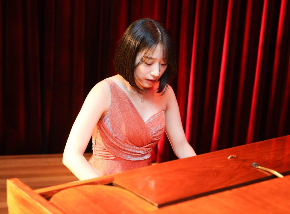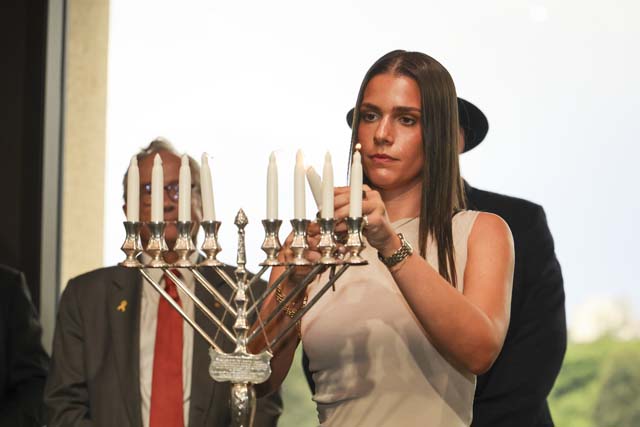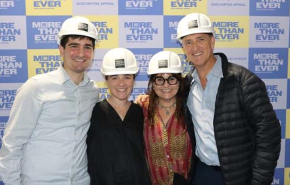The Weizmann Institute Physics Competition by Alan Madden
The Shalheveth Freier Physics Tournament
During March 2009, it was my privilege to accompany a team of four Mt Scopus Memorial College physics students who were competing in the Shalheveth Freier Physics Tournament at the Weizman Institute in Israel; they were awarded second place from a field of forty-eight competing schools from all over the world.
The idea behind this tournament is brilliant in its simplicity. Each team is set the following task:
“Build a safe that only your team can open, and then try to open the safes of all the other teams. Each team is given a box and must use simple materials to build a lock that operates on the principles of physics, able to be opened in less than five minutes, but that will keep opponents stumped for at least 10 minutes.
Entries are scored by a panel of referees, not only for being pick-proof, but also for aesthetics and originality. Teams get added points for every safe they manage to crack.”
With very little thought, educators will recognise how this challenge leads physics students through a series of tasks requiring their progress to the highest level of Bloom’s pyramid of learning outcomes:
Designing and building the safe demands knowledge and comprehension of the subject, then asks the students to be creative and imaginative in synthesising and applying this knowledge in design and then construction. The hands-on part of the process, the actual building of the safe, takes most students into unfamiliar territory; many have never so much as wielded a hammer. This move from abstraction into reality shows them where their plans and designs fail and forces them to evaluate their work then redesign it to overcome discovered flaws.
Cracking the safes of competing teams requires high level analytical skills in recognising components and physics principles in a totally new context, and puzzling out how their application will operate the safe, then testing their hypothesis by experiment.
This is also a team building process with each member discovering his/her strengths, developing the inter-personal relationships and skills involved in accepting and allocating responsibilities. It is a long term project – there are very few or no tasks of this magnitude given to high school students; it took the Scopus team about six months to complete our safe; it demands stamina, persistence and a capacity for independent effort. (The only other process of this magnitude of which I am aware is the personal project component of the Middle Years Program now operating in our school.)
The above makes the process sound very ‘worthy’ – and it is – but what made it so effective was that it was fun – highly competitive yet nurturing. The Weizman Institute personnel who guided the team through the tournament were at all times friendly, encouraging and knowledgeable. (One of the lecturers took them on a tour of the particle accelerator and the Garden of Science – an amazing place where easy-to-understand large scale physics equipment is set up for visitors to explore; the boys found his enthusiasm for the Institute and for physics as a discipline and a career quite enthralling and gained a clearer insight into what ongoing study of the subject offers.) Competing teams befriended each other, especially after the safe-cracking part of the process was complete; relationships, however brief, were formed with peers from around the world and discoveries were made about other cultures. (One member of the Scopus team expressed surprise that so many girls study physics – perhaps we should worry about what it is about our school which discourages girls from attempting this subject.)
Competing in the tournament was a learning experience not only for the students but for the teacher. The key part of my task was to ensure that the team designed an elegant application of the principles of physics not just a “tricksy contraption” which would fool other teams simply because of its complexity. This is a serious learning curve for the teacher which will be traversed with our every entry in the competition – every team will take the teacher with them into new and challenging territory.
Alan Madden
March 2009







